Have you ever seen a whale shark in person? Dr. Alistair Dove has and thanks to him you can to. Dr. Dove is the Director of Research and Conservation at the Georgia Aquarium. The aquarium currently has four whale sharks in their care and you can visit them right now in Atlanta Georgia.
He obtained a 1st class Honors degree in Zoology and Parasitology in 1994 from the University of Queensland, Australia and has been with the Aquarium team since 2006. Thankfully he took the time to speak with Tracking Sharks to share his love of sharks and marine biology.
After moving to the Georgia Aquarium in 2006, how did you begin working with the whale sharks?
“We’re lucky at Georgia Aquarium to have four whale sharks in our Ocean Voyager exhibit, so my first experiences with this species were on the husbandry and veterinary care side of things. Later I got involved in field research in Mexico. More recently we’ve expanded our studies to further afield places like Galapagos and St Helena in the South Atlantic. This is a natural progression for a species that is so widely distributed and capable of such long migratory movements.”
Expanding your studies will definitely help us understand more about the sharks. You mentioned you started on the veterinary side of things. How do you ensure they stay healthy?
“In the beginning we did routine medical workups to develop baseline health measures, but now that we know what is normal, we monitor carefully for any deviations of behavior or feeding habits. We have an excellent husbandry and veterinary team, and there’s even a nutritionist who makes sure that their nutritional needs are met. “
Once the nutritionists mix together the food, how do you feed such large sharks?
“Believe it or not, from boats. Aquarists tie the boats off on guide ropes and pull themselves up and down the long axis of the exhibit, trailing krill in the water for the whale sharks to eat. This perfectly mimics the active surface suction feeding we see them do in nature, which is the goal.”![]()
Speaking of matching their natural environment, how big do their tanks have to be?
“Big indeed! We opened as the largest aquarium in the world. Very few facilities can accommodate the needs of this species, which were dominant design considerations for the size and shape of the Ocean Voyager exhibit, which is roughly the size of an American football field. Even though they are big, however, they have some advantages with regards to transport and aquarium care. They are not ram ventilators like hammerheads and white sharks, and can happily ventilate their own gills, more like their closes relatives the wobbegongs and nurse sharks.”
I have enjoyed watching the sharks on the Web camera. Have you named the sharks?
“The ones in the Aquarium are Alice, Trixie, Yushan and Taroko. We give lots of the animals we see repeatedly in the field nicknames too, like Lucy, Rio Lady, Guantes, Raindrop, Keyhole, Machete and Sugar.”
Do they play or have special whale shark “toys”?
“No, not really. They’re not like mammals; if they aren’t actively eating then they pretty much just cruise around minding their business. They are quite food motivated, but not as easily trained as, say, a manta ray (which are surprisingly smart) or a dolphin or sea lion.”
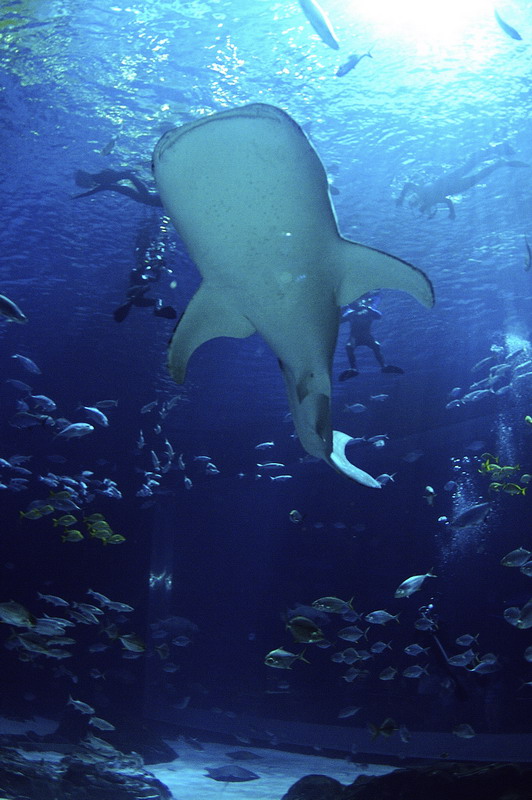
Let say you had a certain someone from Tracking Sharks that has been watching the whale sharks on web camera and is a certified diver and wants to see them up-close. Are there any programs where I could swim with the sharks?
“Yes, it’s called “Journey With Gentle Giants”. You can SCUBA if certified, or swim with them if you aren’t. If you’re interested, check out www.georgiaaquarium.org. We also have a therapy program for Wounded Warriors to experience the serene wonders of swimming with whale sharks and manta rays.”
Sounds like a great opportunity. How many times have you dove with them?
“Lots, but never enough! They are very majestic, especially really big ones like you see in Galapagos, and when you experience that, it makes you feel very connected to the ocean, while at the same time they are full of mystery and you wonder about the story of their lives. What must a huge old whale shark have seen in its time?”
I have heard that’s it’s not good to touch the sharks as their protective “slime” could be rubbed off, which could lead to infection. Is that true?
“Touching any wildlife is generally not necessary and should be avoided. Sharks are not as reliant on slime coating as, say, bony fishes, but they are better left alone. Think about how you’d feel if some strange species came up to you and started touching you uninvited. I rarely if ever need to touch them and I study this species for a living! I think “take only photos, leave only bubbles” is a good philosophy…”
What are your thoughts on the “ECO”whale shark dives in the Philippines and other places?
“Ecotourism is a super opportunity for people to connect with one of the world’s most amazing animals, but it has to be done in a way that is safe and sustainable for people and whale sharks alike. Some of the practices in the Philippines, Maldives and Mexico, for examples, don’t meet that standard. It’s not usually that they don’t try; it’s that enforcement of the rules is sometimes lacking, and economic incentives to disobey the interaction guidelines can be very tempting, especially for tour operators in developing countries who don’t have other income sources that are nearly as lucrative. It’s a continual struggle.”
Good point, it is amazing how much more money a live shark is worth compared to one that has simply been caught and sold at market. In your opinion, what is the biggest threat to sharks?
“Overharvesting, especially for the pelagic carcharhinid [live-bearing sharks of warm seas] and lamnid groups [mackerel sharks or white sharks]. Many of the more common benthic and deep sea species are in the “least concern” conservation category at this point, which is good.”
Before we wrap up, I have to ask, what is your favorite shark movie and why?
“Probably Open Water, although I think it has less to do with sharks and more to do with fear of being abandoned in the open ocean, which is such a foreign environment for most people, and very unsettling. I’m not scared of sharks at all, and I doubt most people would be if they really understood them. Fear of anything is usually fear of the unknown, or at least misunderstood.”
As we come to a close in our interview, what would you suggest shark lovers do to save sharks?
“Spread awareness and share the shark love! Join an ocean conservation NGO or an AZA accredited aquarium and show your support that way. Be part of the conversation online; there’s lots of shark fans out there. But at all times, keep it focused on the truth about sharks, that they are extraordinarily diverse, a miniscule threat to us, but they have a huge role to play in healthy oceans, and like Sylvia Earle says: “No ocean, no us”
Very good advice! Any final thoughts or anything you would like to convey?
“Just keep swimming!”
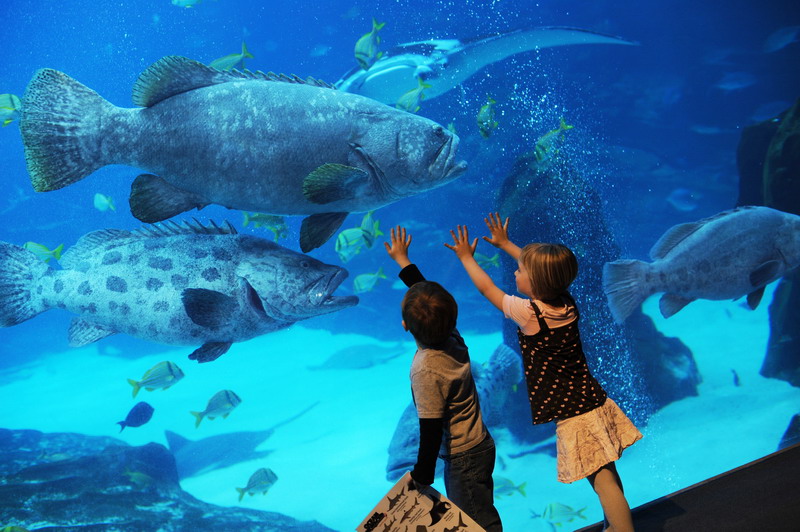
The Georgia Aquarium, a 501© 3 not-for-profit organization, is open 365 days a year. They have seven distinct galleries and more than 100 exhibits. More than 22 million people have made a connection to the whale sharks through the Ocean Voyager gallery. To purchase tickets or find more information about the aquarium and their many conservation efforts visit http://www.georgiaaquarium.org/
All photos courtesy of the Georgia Aquarium
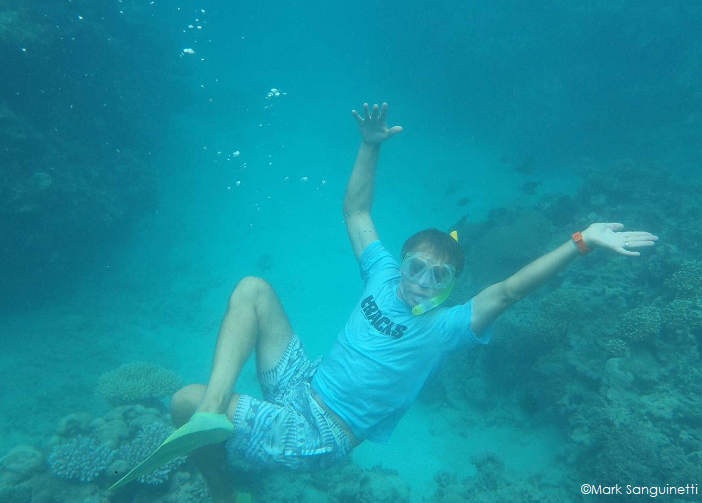
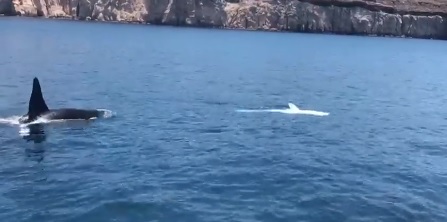
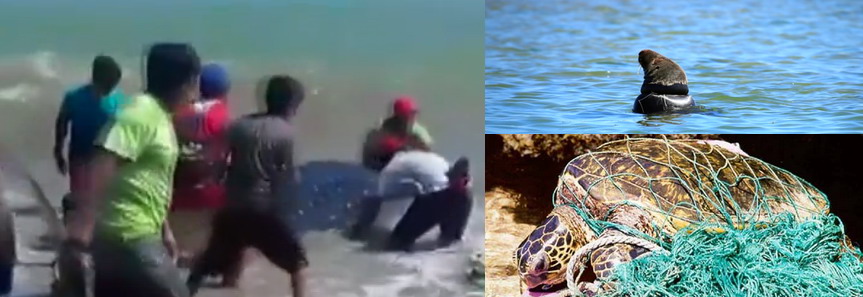
Outstanding, educational article.